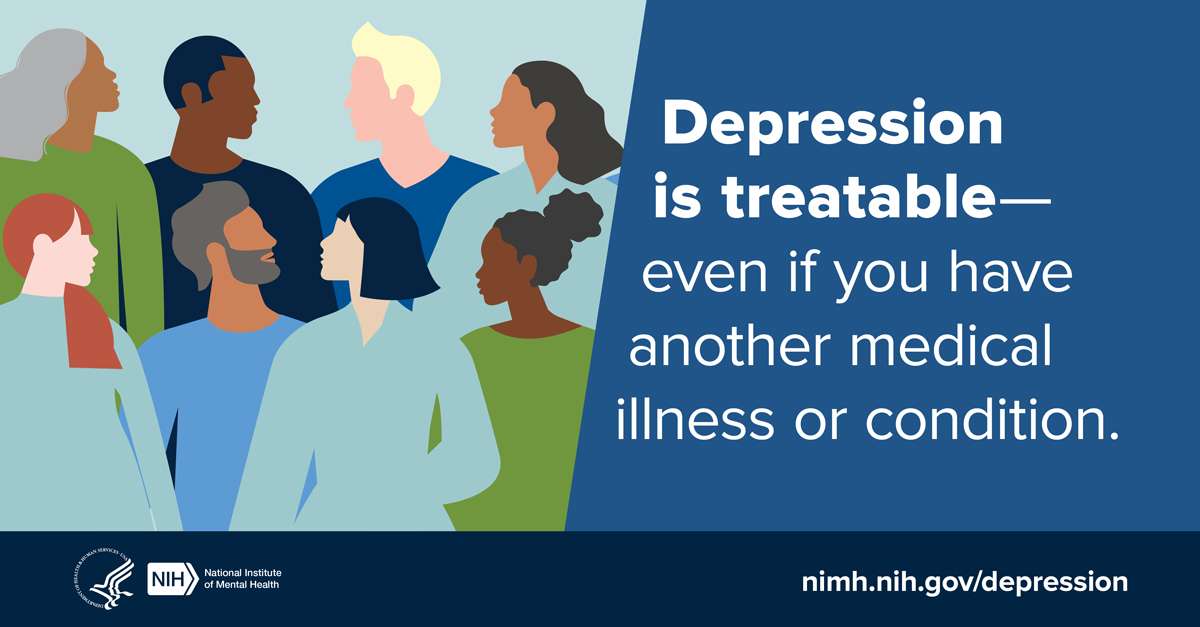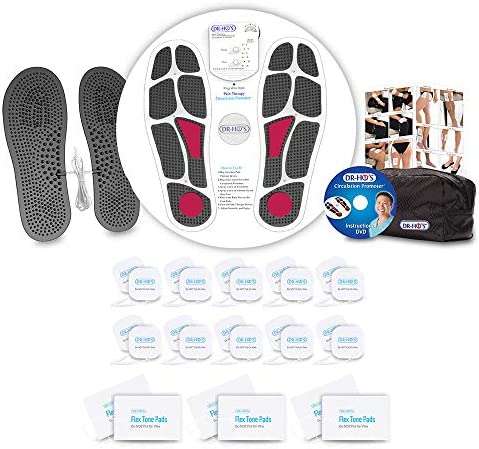Adinil, H. 2004. Penatalaksanaan Hipertensi Secara Komprehensif. Jurnal Kedokteran Muhammadiyah 2 (2)
Almatsier, S. 2010. Penuntun Diet, Edisi Baru. Gramedia: Jakarta.
Amandeep K., Preksha S. M., Dirya S. 2015. Effectiveness of Abdominal Breathing Exercise On Blood Pressure Among Hypertensive Patients. Internasional Journal Of Therapeutic Applications, Volume 24, 2015. 39-49
Azizah, M. Lilik. 2015. Keperawatan Lanjut Usia Edisi 1. Yogyakarta: Graha Ilmu
Benson, Herbert dkk. 2012. Menurunkan Tekanan Darah. Gramedia: Jakarta.
Breathesy. 2006. Blood Pressure reduction : Frequently asked question, http:www.control your blood-pressure.com/faq.html, diakses tanggal 9 Januari 2011.
Buckman, Robert dan Pasty Westcott. 2010.Apa Yang Seharusnya Anda Ketahui Tentang Tekanan Darah Tinggi. Yogyakarta: PT. Citra Aji Parama
Cohen, Louis, Lawrence Manion, dan Keith Morrison. 2007. Research Methods in Education, Sixth Edition. London: Routledge Falmer.
Corwin, Elizabet J. 2009. Buku Saku Patofisiologi. Jakarta: EGC
Delimatha, S. 2008. Hipertensi. Jakarta: Penebar Plus
Depkes RI. 2006. Pharmaceutical Care Untuk Hipertensi. Departemen Kesehatan RI: Jakarta
Dewi, S. dan Famila. 2010. Hidup Bahagia Bersama Hipertensi. Jakarta: A Plus Books
Dharma, Kelana Kusuma. 2011. Metodologi Penelitian Keperawatan Panduan Melaksanakan dan Menerapkan Hasil Penelitian. Trans Info Media. Jakarta.
Geng, A., & Ikiz, A. 2009. Effect of Deep Breathing Exercises on oxygenatipn after head and neck surgery. Elsevier Mosby.
Kementerian Kesehatan RI. 2014. INFODATIN.Pusat Data Dan Informasi Kementerian Kesehatan RI.HIPERTENSI.Jakarta.
Kementrian Kesehatan RI (Kemenkes RI). 2013. Riset Kesehatan Dasar. Diakses melalui: //www.Kemenkesri.go.id//riskesdas.doc//pdf.
Kurniadi, Helmanu & Ulfa Nurrahmani. 2015. Stop Diabetes Hipertensi Kolesterol Tinggi Jantung Koroner. Yogyakarta: Istana Media
Kushariyadi. 2009. Asuhan Keperawatan Pada Klien Lanjut Usia. Jakarta : Salemba Medika.
Larsson, B., & Jane, C. 2004. Relaxation Treatment of Adolescent Headache Sufferers : Results From a School-Based Replication Series, diakses tanggal 18 November 2017. http://web.ebscohost.com
Martiani, A & Rosa Lelyana. 2012. Faktor Risiko Hipertensi Ditinjau Dari Kebiasaan Minum Kopi: Journal of Nutrition College, Volume 1, Nomor 1, Tahun 2012, Halaman 78-85 Online, http://ejournals1. undip.ac.id/index.php/jnc.
Martini, F. 2006. Fundamentals of Anatomy & Physiology. Seventh Edition, Pearson, Benjamin Cummings
Maryam, R.S.dkk. 2008. Mengenal usia lanjut dan perawatannya. Salemba Medika. Jakarta.
Muttaqin, Arif. 2009. Buku Ajar Asuhan Keperawatan Dengan Gangguan Sistem Kardiovaskuler. Jakarta: Salemba Medika.
Notoatmodjo, Soekidjo. 2012. Metodologi Penelitian Kesehatan. Jakarta: Rineka Cipta.
Nugroho, W. 2012. Gerontik dan Geriatrik. Jakarta : Penerbit Buku Kedeokteran.
Nursalam, 2016. Metodelogi Penelitian Ilmu Keperawatan Pendekatan Praktis. Edisi 4. Salemba Medika. Jakarta
Palmer, Anna. 2007. Simpel Guide Tekanan Darah Tinggi. Erlangga: Jakarta
Potter, A.P., & Perry, A. 2006. Buku Ajar Fundamental Keperawatan Edisi 4 Volume 1. Jakarta : EGC.
Price, S. A. dan Wilson, L. M. 2006. Patofisiologi: Konsep Klinis Proses penyakit, Edisi 6, Volume 1. Jakarta: EGC
Sepdianto, T.C. Nurachmah, E., & Gayatri, D. 2010. Penurunan Tekanan Darah dan Kecemasan Melalui Latihan Slow Deep Breathing Pada Pasien Hipertensi Primer. Jurnal Keperawatan Indonesia:13 (1), Hal 37-40. https://Scholar.google.co.id/Jki.ui.ac.id.
Setiadi. 2007. Konsep dan Penulisan Riset Keperawatan. Yogyakarta: Graha Ilmu
Shanty, Meita. 2011. Silent Killer Diseases (Penyakit yang diam-diam mematikan) Yogyakarta: Javalitera
Susilo, Yekti & Ari Wulandari. 2011. Cara Jitu Mengatasi Hipertensi. Yogyakarta: ANDI
Sugiyono. 2010. Metodologi Penelitian. Bandung: Alfabeta.
Sugiyono. 2015. Statistika Non Parametris Untuk Penelitian. Bandung: Alfabet.
Sutanto. 2010. CEKAL (Cegah dan Tanggal) Penyakit Modern Hipertensi, Stroke, Jantung, Kolesterol, dan Diabetes. Yogyakarta: ANDI
Sutomo, B. 2009. Menu Sehat Penakluk Hipertensi. Jakarta: De Media Pustaka
Sylvia. 2003. Buku ajar Senam Jantung Sehat. Edisi 1. Yogyakarta: Graha Ilmu
Tambayong, J. 2010. Patofisiologi Keperawatan. Jakarta : EGC
Tarwoto.2011. Pengaruh Latihan Slow Deep Breathing Terhadap Intensitas
Nyeri Kepala Akut Pada Pasien Cedera Kepala Ringan. Universitas Indonesia
Triyanto, Endang. 2014. Pelayanan Keperawatan bagi Penderita Hipertensi Secara Terpadu. Yogyakarta: Graha Ilmu.
Vitahealth. 2010. Hipertensi. Jakarta: Gramedia Pustaka Utama
Wahyunita, V. D. & Fitrah. 2010. Memahami Kesehatan pada Lansia. Jakarta Timur: Trans Info Media
Widharto, 2009. Bahaya Hipertensi. Jakarta : Sunda Kelapa Pustaka
Wijayakusuma, S. 2000. Gaya Hidup Sehat Penderita Hipertensi. Bogor: CV. Graha satya.
Wong, Fery M. 2011. Panduan Lengkap Pijat Cetakan 1. Jakarta: Penebar Plus. https://books.google.co.id
World Health Organization. 2015. Clinical Guiddelines For The Management of Hypertension. Cairo: World Health Organization.Yogyakarta.
Yanti, N. 2016. Pengaruh Slow Deep Breathing Terhadap Tekanan Darah Pada Penderita Hipertensi di Wilayah Kerja Puskesmas 1 Denpasar Timur. Nurscope. Jurnal Keperawatan dan Pemikiran Ilmiah. 2 (4). 1-10.
Yuliati, Sufrida dan Maloedyn Sitanggang.2006. 30 Ramuan Penakluk Hipertensi. Jakarta: Agro Media Pustaka
Diaphragmatic breathing is a type of breathing exercise that helps strengthen your diaphragm, an important muscle that helps you breathe as it represents 80% of breathing. This breathing exercise is also sometimes called belly breathing or abdominal breathing.

. Two phases of breathing
When the diaphragm is functioning effectively in its role as the primary muscle of inspiration, ventilation is efficient and the oxygen consumption of the muscles of ventilation is low during relaxed (tidal) breathing. When a patient relies substantially on the accessory muscles of inspiration, the mechanical work of breathing (oxygen consumption ) increases and the efficiency of ventilation decreases.[1]
Controlled breathing techniques, which emphasise diaphragmatic breathing are designed to improve the efficiency of ventilation, decrease the work of breathing, increase the excursion of the diaphragm, and improve gas exchange and oxygenation. Also breathing from the diaphragm generate intra-abdominal pressure for control of posture and you can accomplish slow respiration.[2]
- To mobilize secretions and teach breathing control.[3]
- To teach effective coughing and remove secretions.[3]
- To teach relaxation.[4]
- To teach postural awareness.[2]
- To mobilize thorax and shoulder girdle.[2]
Physiological Effect
[
edit
|
edit source
]
- It improves your core muscle stability.[5]
- It slows your rate of breathing so that it expends less energy.[1]
- It helps you relax, lowering the harmful effects of the stress hormone cortisol on your body.[4]
- Increased efficiency of venous return[1]
- Improve respiratory capacity.[6]
- It helps lower your blood pressure[1]
- It helps you cope with the symptoms of post-traumatic stress disorder (PTSD)[7].
- It improves your body’s ability to tolerate intense exercise.
- It lowers your chances of injuring or wearing out your muscles.
Supine position
[
edit
|
edit source
]
- Lie on your back on a flat surface (or in bed) with your knees bent. You can use a pillow under your head and your knees for support if that’s more comfortable.
- Place one hand on your upper chest and the other on your belly, just below your rib cage.
- Breathe in slowly through your nose, letting the air in deeply, towards your lower belly. The hand on your chest should remain still, while the one on your belly should rise.
- Tighten your abdominal muscles and let them fall inward as you exhale through pursed lips. The hand on your belly should move down to its original position.[8]
You can also practice this sitting in a chair, with your knees bent and your shoulders, head, and neck relaxed. Practice for five to 10 minutes, several times a day if possible.
[9]
Sitting position
[
edit
|
edit source
]
- Sit up straight in a chair lengthen the distance between your navel and sternum.
- Keep your shoulders relax.
- Keep the pelvis in neutral position (Sit on your sitting bones).
- Place your hands at either side of your lower ribs.
Breath in slowly through your nose. As you inhale feel your ribs expanding outwards and upwards. During inhalation is generated expansion of the trunk in three directions front , sides and back.
Breath out from your nose. As you exhale feel your lower ribs moving inwards.[2]
- Never allow a patient to force expiration. Expiration should be relaxed or lightly controlled. Forced expiration only increases turbulence in the airways, leading to bronchospasm and increased airway restriction.
- Do not allow a patient to take a highly prolonged expiration. This causes the patient to gasp with the next inspiration. The patient’s breathing pattern then becomes irregular and insufficient.
- Do not allow the patient to initiate inspiration with accessory muscles and upper chest.
- Allow the patient to perform deep breathing for only three or four inspirations and expirations at a time to avoid hyperventilation.
- Post -operative pain
- Airway obstruction (COPD, asthma)[10]
- Atelectasis[11]
- Restriction of breathing due to musculoskeletal abnormality or obesity
- Central nervous system deficit
- Neurological patient with muscle weakness.
- Surgical procedure such as thoracic or abdominal surgeries.[12]
Out with the old, stale air and in with new fresh air. That’s the theme of the two most useful breathing exercises—pursed lip breathing and belly breathing—taught by pulmonary rehabilitation specialists to individuals with chronic lung diseases such as asthma and COPD. Like aerobic exercise improves your heart function and strengthens your muscles, breathing exercises can make your lungs more efficient.
Why Breathing Exercises Help
When you have healthy lungs, breathing is natural and easy. You breathe in and out with your diaphragm doing about 80 percent of the work to fill your lungs with a mixture of oxygen and other gases, and then to send the waste gas out. Lung HelpLine respiratory therapist Mark Courtney compares the process to a screen door with a spring, opening and shutting on its own. “Our lungs are springy, like the door. Over time, though, with asthma and especially with COPD, our lungs lose that springiness. They don’t return to the same level as when you start breathing, and air gets trapped in our lungs,” Courtney explains.
Over time, stale air builds up, leaving less room for the diaphragm to contract and bring in fresh oxygen. With the diaphragm not working to full capacity, the body starts to use other muscles in the neck, back and chest for breathing. This translates into lower oxygen levels, and less reserve for exercise and activity. If practiced regularly, breathing exercises can help rid the lungs of accumulated stale air, increase oxygen levels and get the diaphragm to return to its job of helping you breathe.
Pursed Lip Breathing
This exercise reduces the number of breaths you take and keeps your airways open longer. More air is able to flow in and out of your lungs so you can be more physically active. To practice it, simply breathe in through your nose and breathe out at least twice as long through your mouth, with pursed lips.



